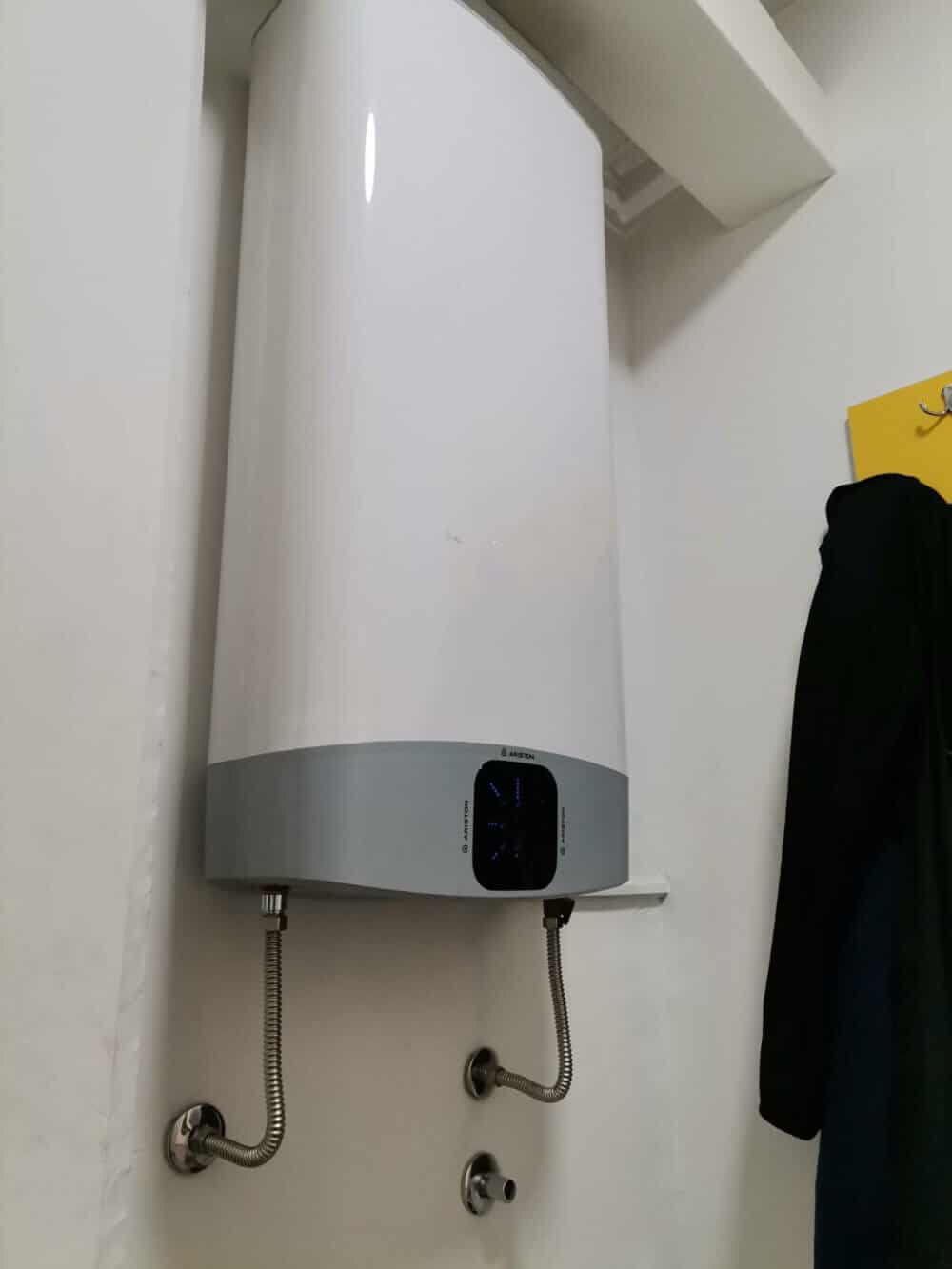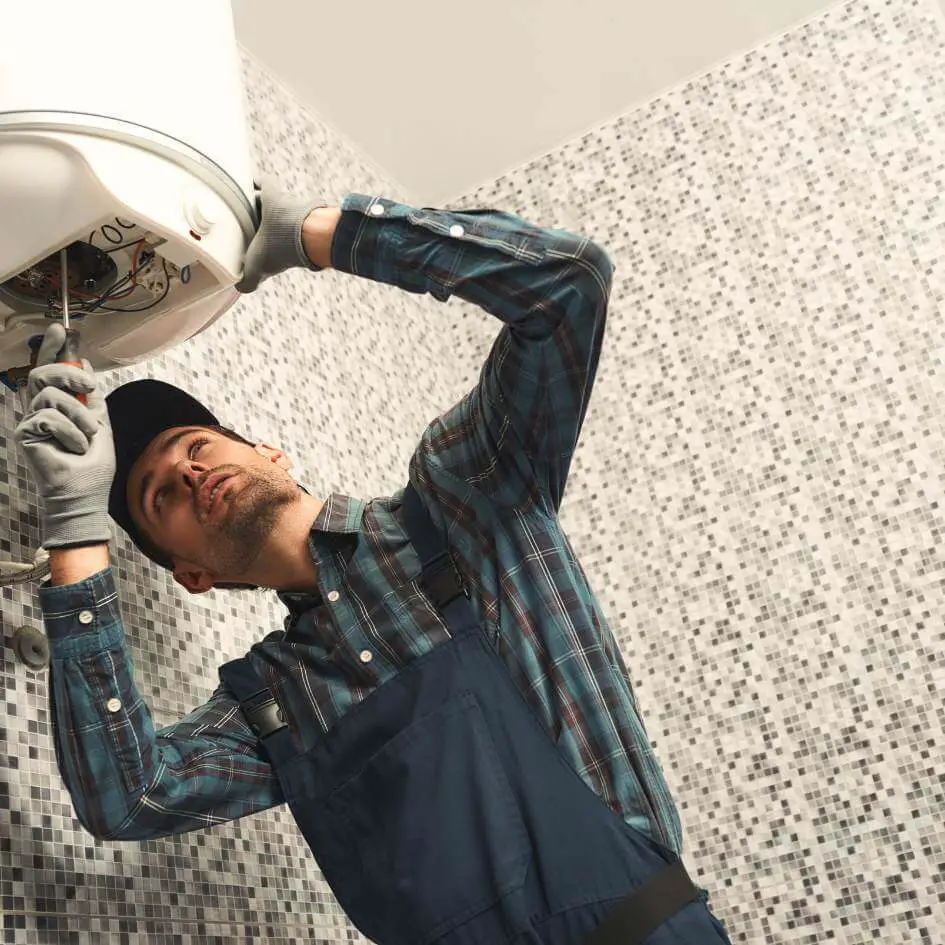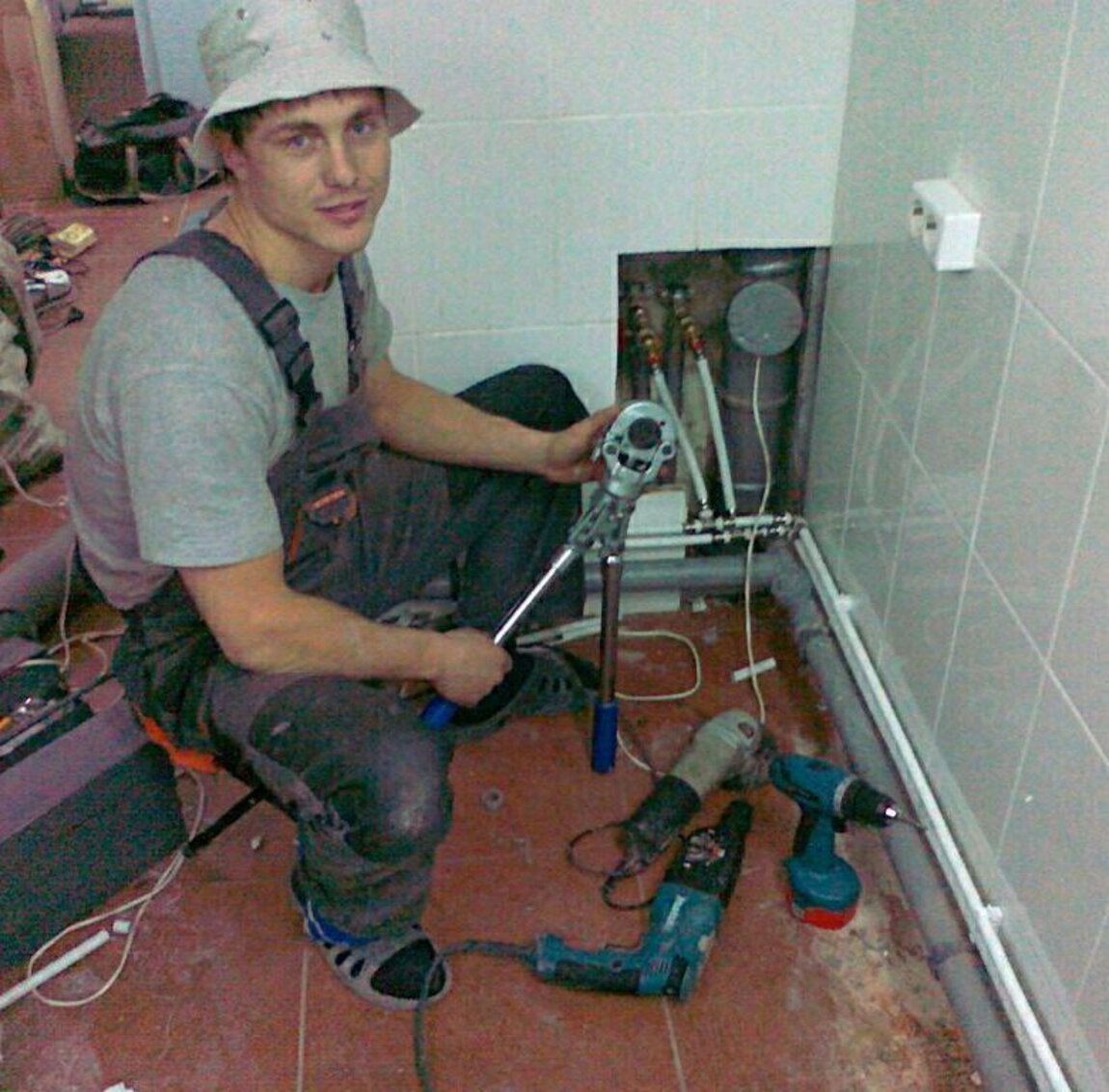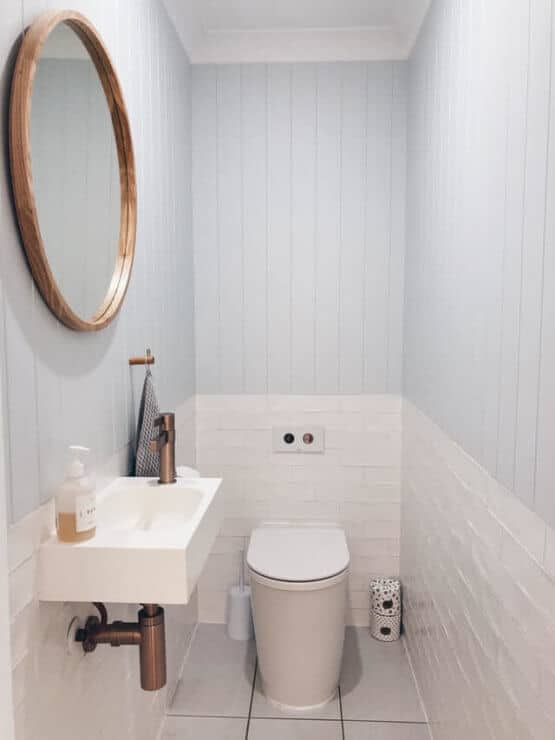Tankless water heaters are rising in popularity. With their many advantages, it’s easy to see why. Additionally, the competition in the market makes them more affordable than ever. Therefore, let’s see what size tankless water heater to replace a 50 gallon we will need?
Tankless water heater

The water heaters on offer today come with tank and tankless options. On top of those, we can also choose whether to go for a hybrid one. As far as tankless ones go, their advantage is always the ability to directly send hot water to our tap.
With the standard way heating goes, these water heaters should be able to provide ample hot water and never heat up too much. That way, we can save the excess electrical energy we’d usually spend on the water we don’t need to be heated up.
As you can imagine, there are multiple advantages to these water heaters. That’s why we’ll check what benefits a tankless water heater offers. [1]
Tankless water heater advantages
Of course, there have to be reasons to switch in the first place. Changing from one water heater to another will be preferred when the other advantages have been showcased. Among the advantages of tankless water heaters are the following ones.
- Longevity
The construction of tankless water heaters makes them quite durable. Materials used in their construction aim to provide long-lasting heaters that can have their parts replaced without removing the entire water heater. As a result, their life expectancy is often quite long, lasting for entire decades with little maintenance.
- Endless hot water
As noted, the storage has been removed from tankless water heaters. That means you will not need to preemptively warm up a certain amount of water. Allowing you to avoid those moments where water suddenly turns too cold to shower a few minutes into it. Instead, tankless water heaters provide a continuous stream of hot water as long as there’s energy fueling it.
- Conserves energy
Above, we’ve mentioned that tankless water heaters save energy. Without water staying in the tanker and losing heat, we are avoiding unnecessary loss of heat the water will experience in the tank. This way, all the energy used will result in hot water rather than heat dissipating, which is much more effective. [2]
- Less space
As you can imagine, not having to store a huge tank in our home will take up quite a bit less space. The tankless water heater takes up a very tiny amount of time. They are easily installed even in smaller homes with little issue. Of course, getting the water delivered to the proper locations is necessary, but it won’t take up as much space.
- Longevity
One of the most important aspects of appliances within our home is their longevity. When it comes to the length of time a device can last, we should look at it as an investment for the future. It is possible to get a lot of bang for our buck, with the only prerequisite being the initial cost of purchase.
The tankless water heater can get a bit pricey, but that cost is justified by longevity and saving of electrical energy. The standard amount of time these tankless water heaters last is around 20 years, but they can easily exceed this lifespan with proper treatment.
Less potential danger to our health
Unfortunately, tank water heaters can be risky. As they start to break down, the metals from the water heaters could make their way into our home through the water. We could very well end up with troubles with our health due to this. [3]
With a tankless water heater, we do not have to worry about this because it has fewer parts to erode. The issue is lowered but not impossible, which means we should still be careful.
However, this reduction is important to the overall health of inhabitants and quite considerable. Making it yet another advantage of tankless water heaters.
What size tankless water heater exist?
As with regular water heaters, we have a lot of options when choosing tankless water heaters in terms of capacity. The requirement within our home will depend heavily on the amount of water we regularly expand.
Values
The tankless water heater will usually vary in value between 7 GPM and 11 GPM, abbreviated for gallons per minute. Hence, the values’ usefulness is exclusively focused on our potential prerequisite within the homes.
Those that consistently use up their 50 gallon water heater will most likely need quite a bit more hot water within their homes on demand as the expenditure is consistent rather than occasionally high. [4]
The more items that use up hot water that you have attached, the higher our requirements will be, so do take into account the flow rate of every available tap in your home. A good tankless water heater should be able to accommodate most any of these water outlets.
How much do they vary?
A tankless water heater can start off as low as 0.5 GPM when it comes to their overall capabilities. These will usually be options even for some of your more powerful tankless water heaters as they aim to limit expenditure in certain situations where the water heater may be producing far more water than necessary.
On the other hand, tankless water heaters can go up to 11 GPM, and some even higher than that. This is quite a bit of a constant flow of hot water, but if you find it ineffective, there’s always the option of installing multiples.
In addition, the tankless water heaters can connect to already existing pipes, so it’s possible to connect a single one to two spots where before we’d require a clumsier tank.
What size tankless water heater to replace a 50 gallon
As noted above, we will need around 7 to 10 GPM to replace the spending of a single 50 gallon water heater. This is taking into account a situation where this water heater was enough for household needs.
The on-demand aspect can also help as most households don’t need hot water throughout the day, only during certain situations. Cutting out that need to preheat and prepare hot water can do quite a lot for our house.
What size tankless water heater to replace a 50 gallon

While the standard water heaters have a tank size that gauges their overall capabilities in providing us with hot water, tankless water heaters don’t. Instead, they use the measure of GPM or gallons per minute. What this dictates is how much water these water heaters can warm up within the timespan of one minute. The higher the GPM, the more water will be heated.
This flow rate is a worthwhile specification that will allow us to understand the tankless water heater’s overall capabilities quickly. The higher GPM tankless water heaters will usually be required by those homes that consistently use hot water in high quantities.
A household that uses 50 gallon water heater can be assumed as one that uses quite a bit of hot water daily. To match up to these expectations, a considerable GPM will be required. There are two recommended GPM values for this situation.
The first one is a 7 GPM tankless water heater which should be able to provide an ample amount of water for showers and any other actions using hot water. Showering alone takes quite a bit of water, which will bump up our consumption throughout the home quickly.
However, if you live in colder climates, you may use quite a bit more hot water and potentially have issues with heating up water in considerably cold areas. This is why a 10 GPM tankless water heater is suggested for these specific occasions. The 10 GPM tankless water heater will afford us much more hot water over time, even if its difference in water flow doesn’t look that big on paper.
Flow rates in an average household
The flow rates in our household are an important factor in determining how much water our house uses. With an average household, we’ll need to worry about faucets, washers, and showers. We’ll go over each of these groups separately and tell you how much water they use.
- Faucets
The faucets are the most common source of water expenditure in our homes despite being low in average consumption. A bathroom faucet can spend as little as 0.5 GPM, which is pretty negligible even with weaker tankless water heaters. The kitchen faucet, and the overall higher spending on faucets, can go up to 1.5 GPM. This higher estimate assumes the faucet is put on at full power rather than being turned on.
- Washers
Washers consume a variable amount of water each minute. The dishwasher is on the low end as consumption goes with a 1 to 1.5 GPM requirement. It’s also got certain phases in its work where it won’t consume much or any water at all.
However, washing machines can reach as much as 3 GPM consumption during their washing cycle. The amount of water they’ll use is usually pretty high so take them into account when calculating your home’s prerequisites.
- Shower
A lot of hot water gets used during a shower. This is due to the constant flow of it that we use when taking a shower. In fact, a shower can sometimes exceed the overall water consumption from a washing machine.
Showers firmly stick to consuming 2.5 to 3 GPM, which makes them important in discerning the consumption of water in our homes. [5]
Related: Marey Tankless Water Heater Problems
Conclusion
In the end, we should get a 7 to 11 GPM tankless water heater if we are getting a replacement for a 50-gallon water heater. We will feel the change immediately, potentially even feeling a bigger flow of hot water than we could ever replicate with a 50 gallons tank. The standard advantages that tankless water heater offers will make this replacement a fruitful one too.
Of course, always pay attention to the brands. Each brand has a lot of options available. Be it higher efficiency, better GPM, or just a question of price, and it’s always good to look around. By doing so, we will get the best pick and quality for our money.
Read Next: Noritz Tankless Water Heater Problems

Michael Davis is a heating & plumbing expert who currently works as independent contractor in SC. He also writes for Plumbertip.
For almost 10 years he worked on various plumbing tasks across South Carolina.



